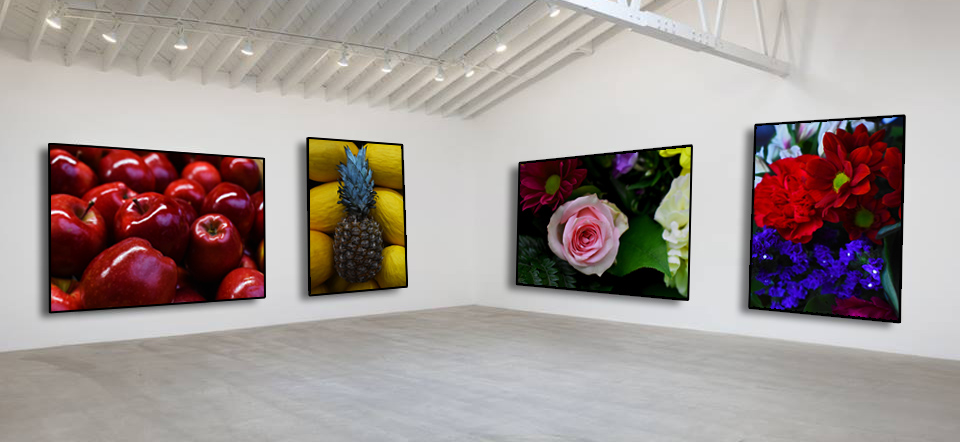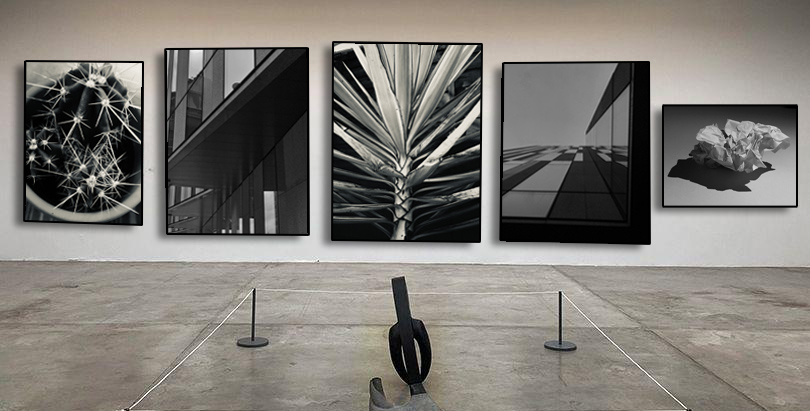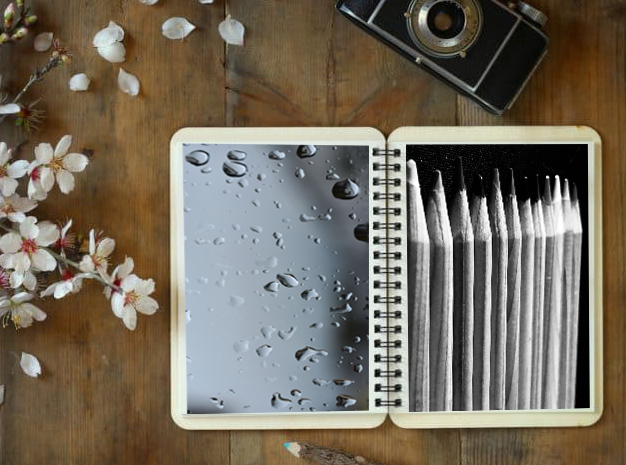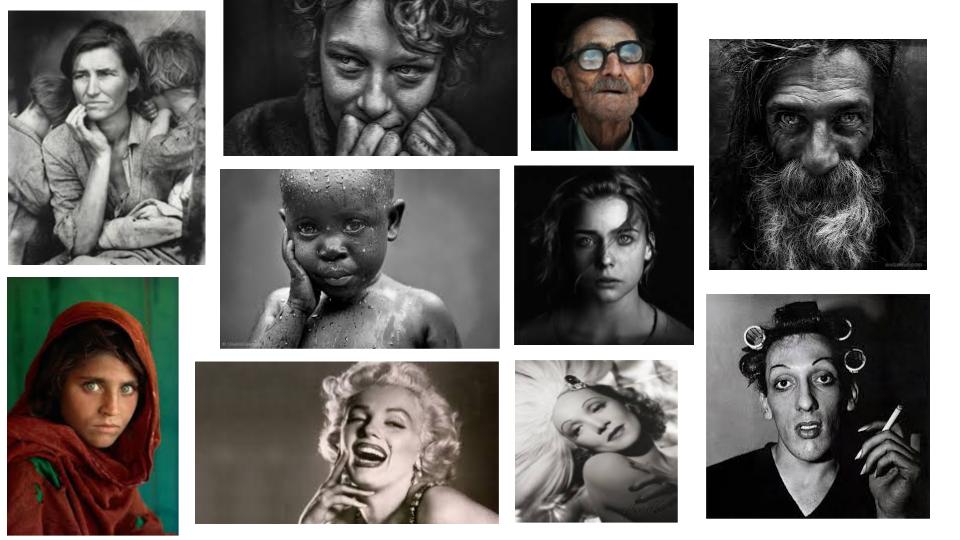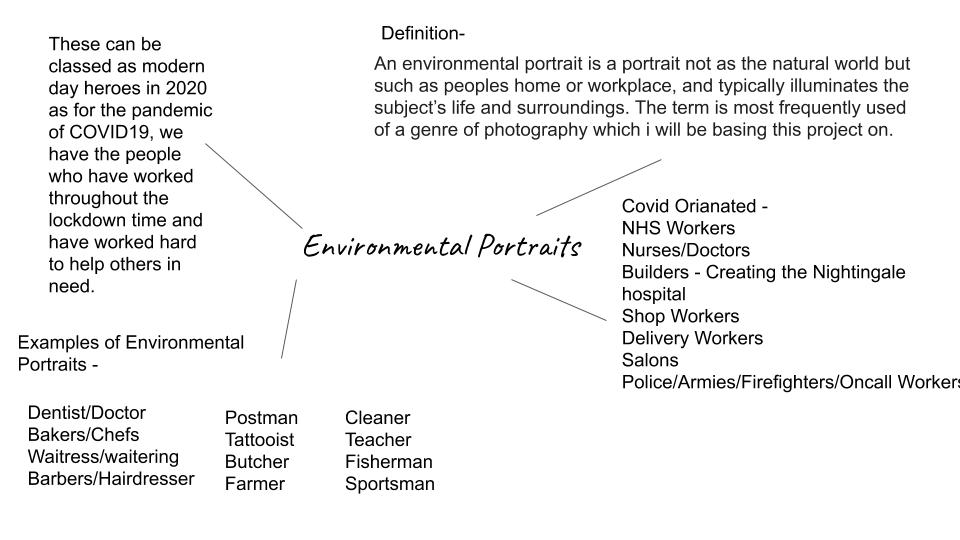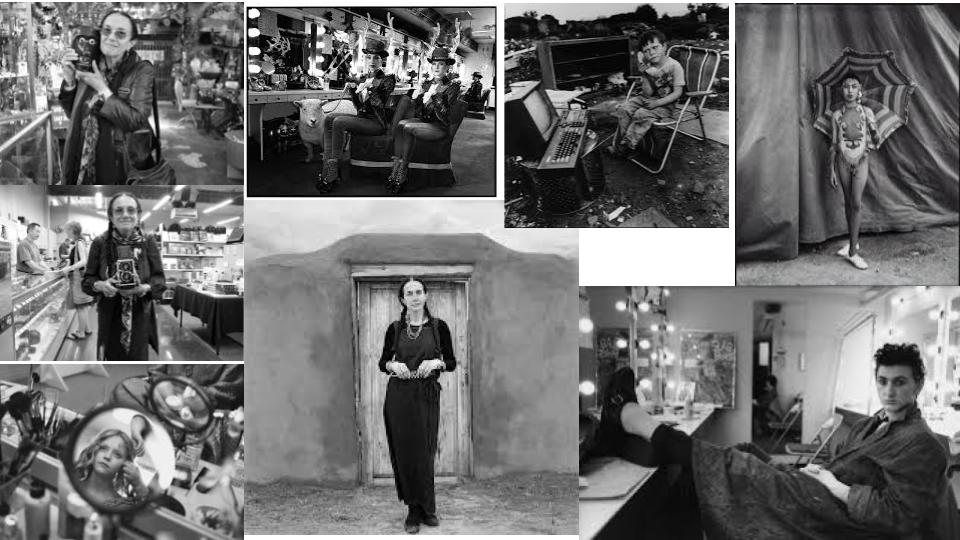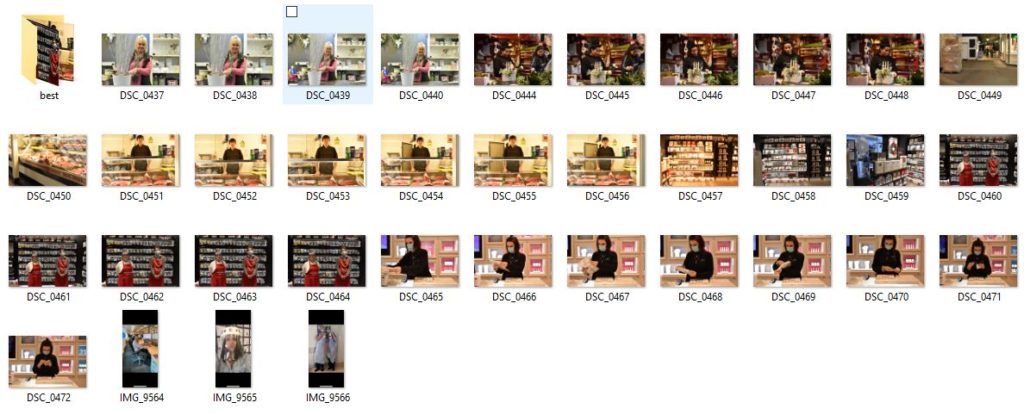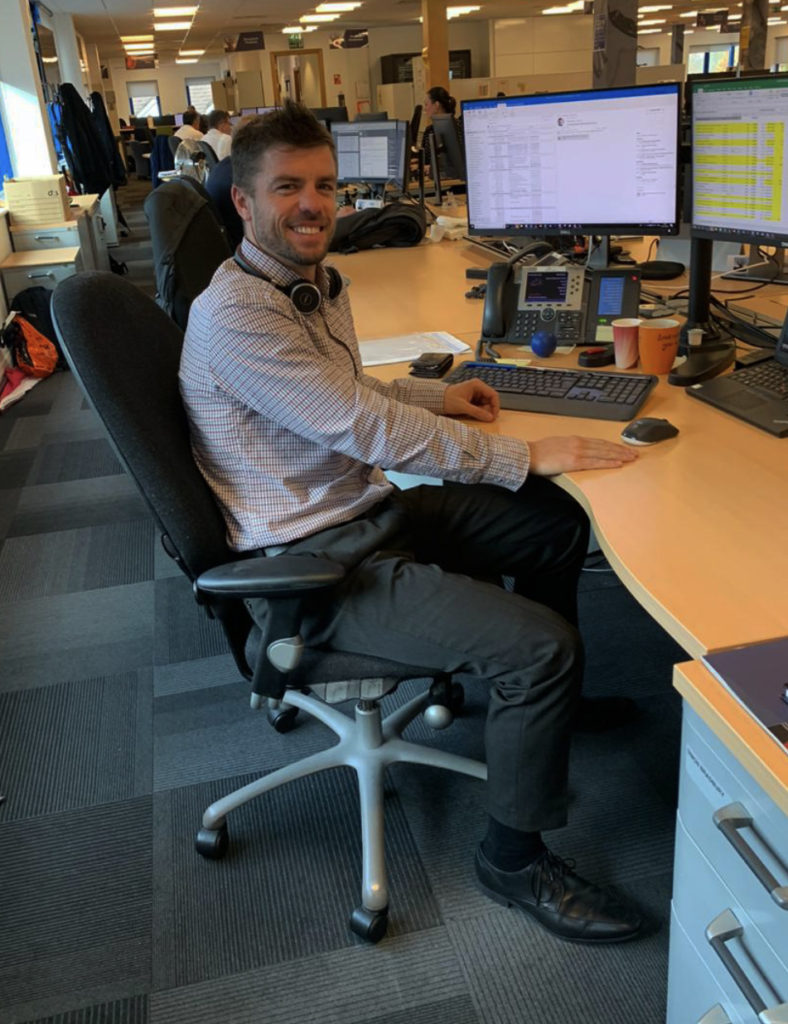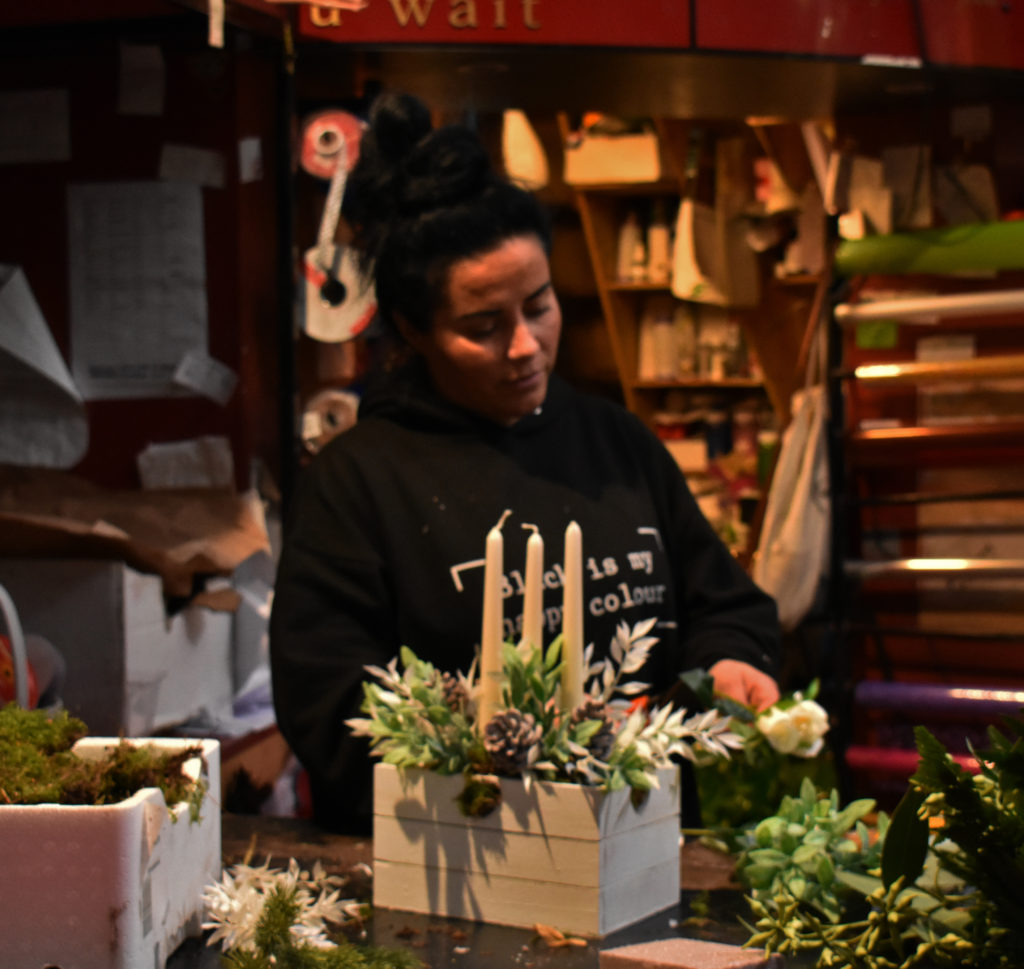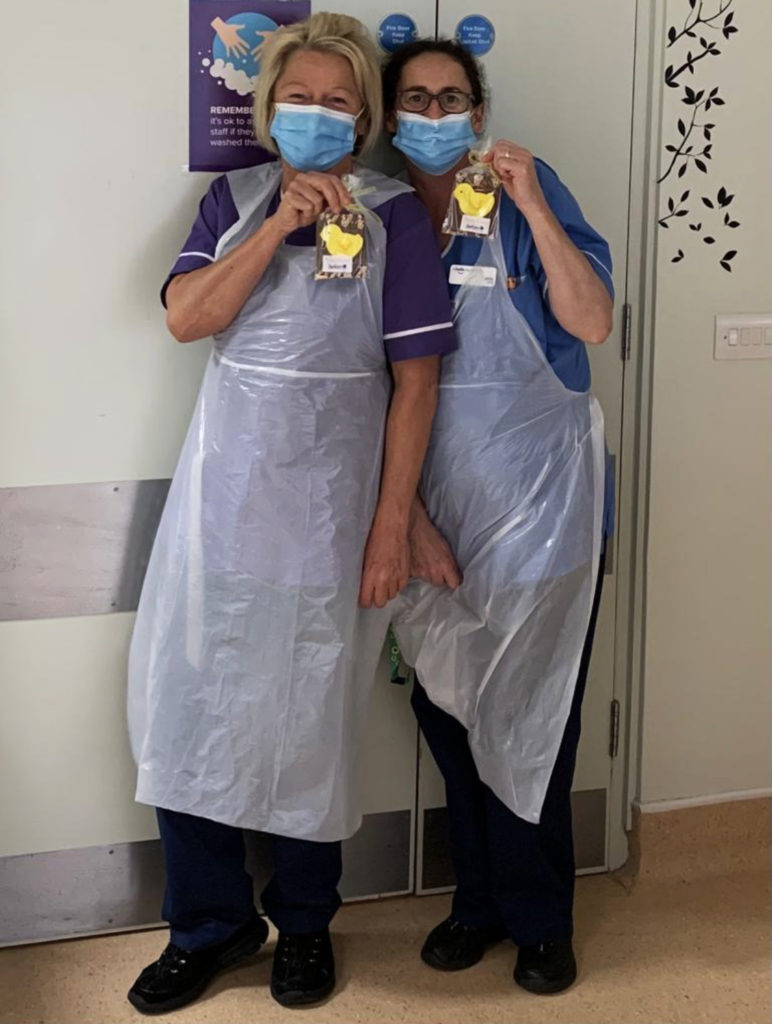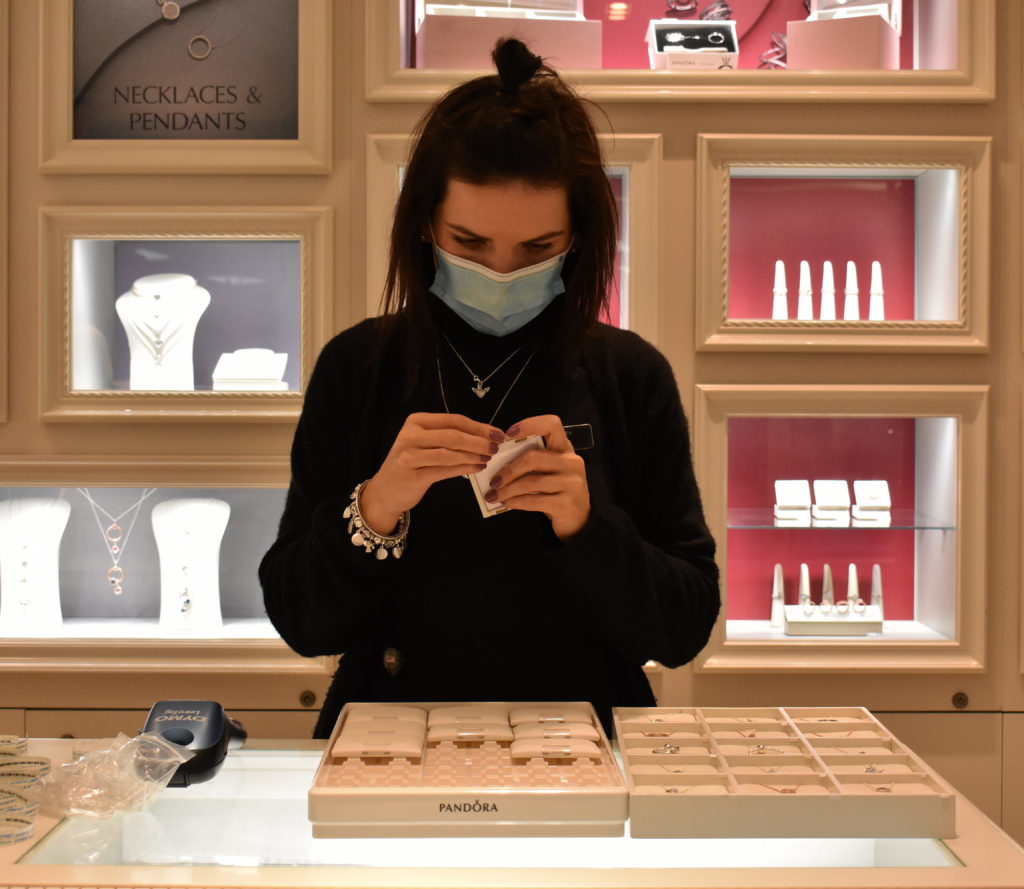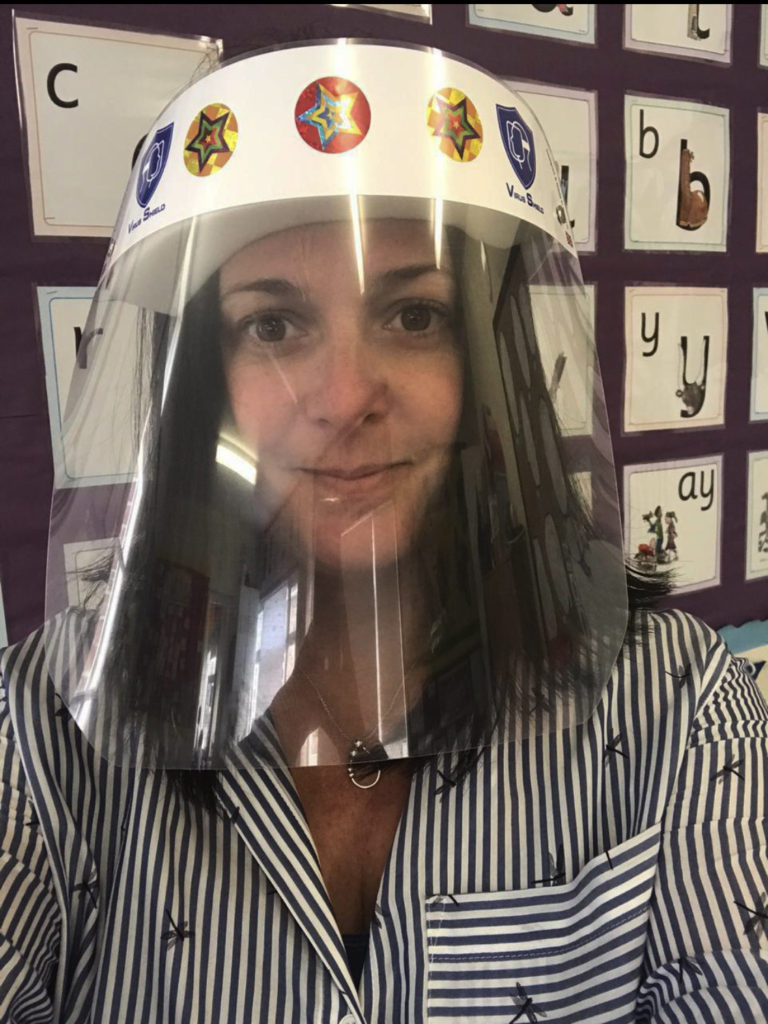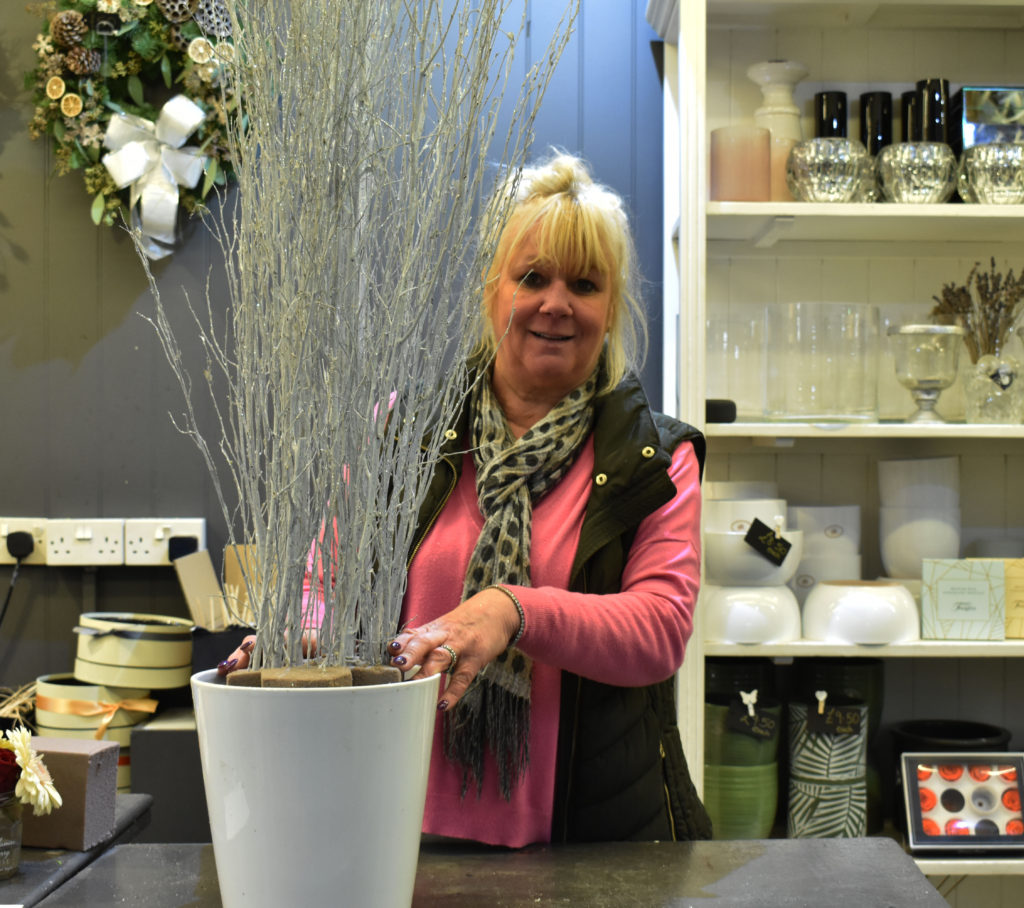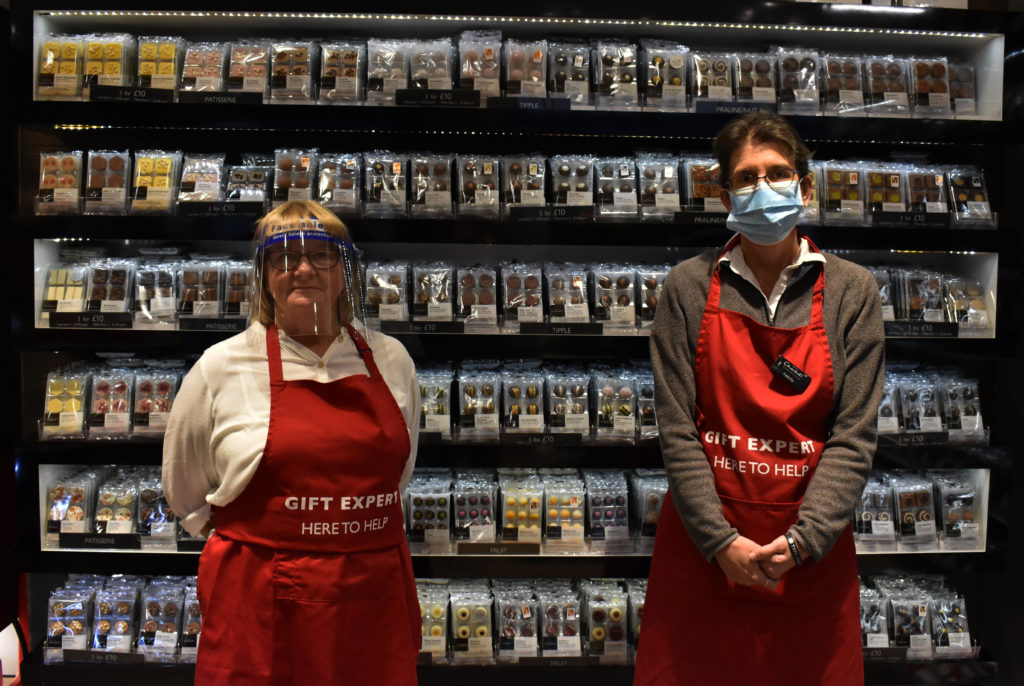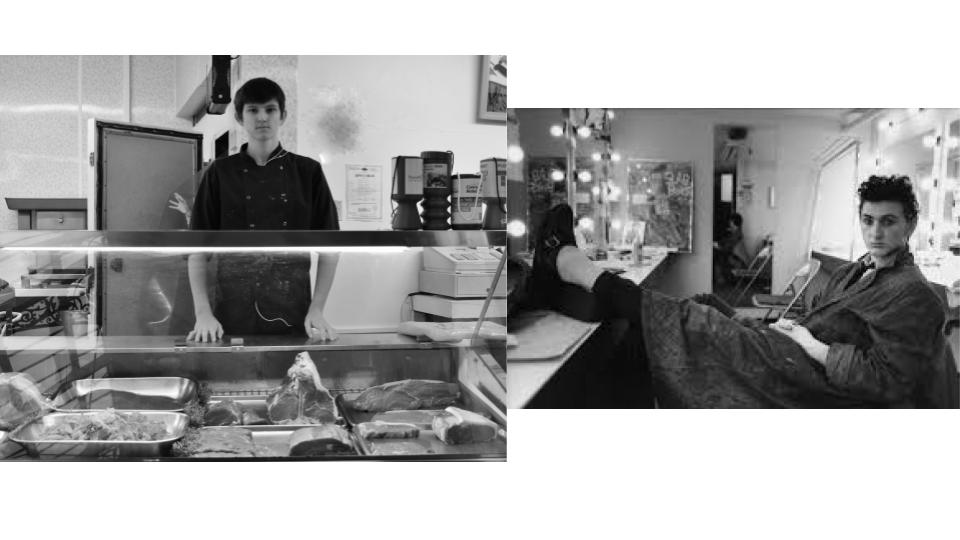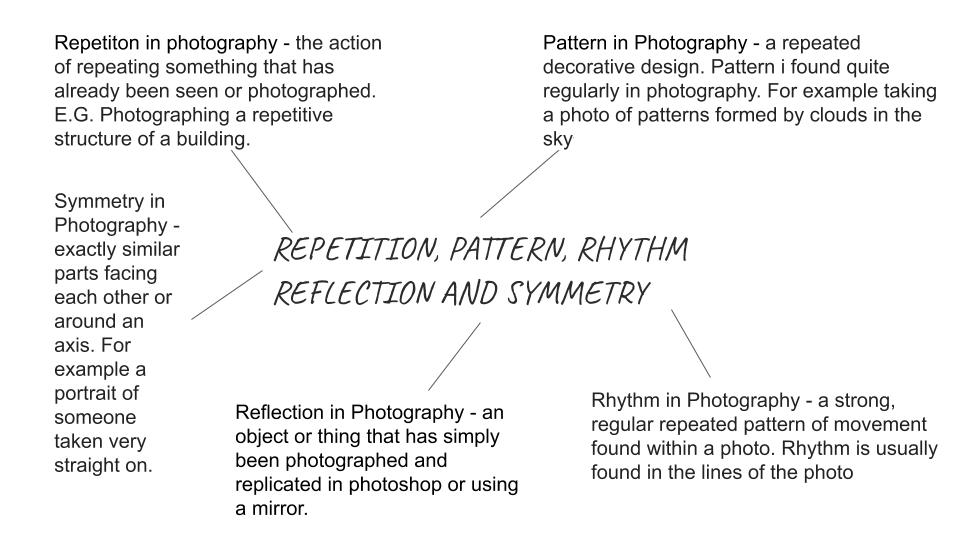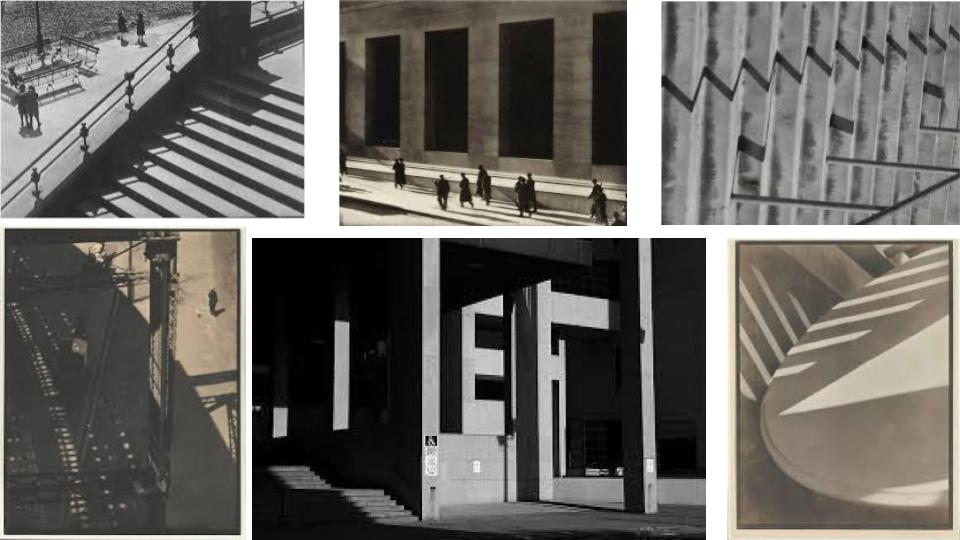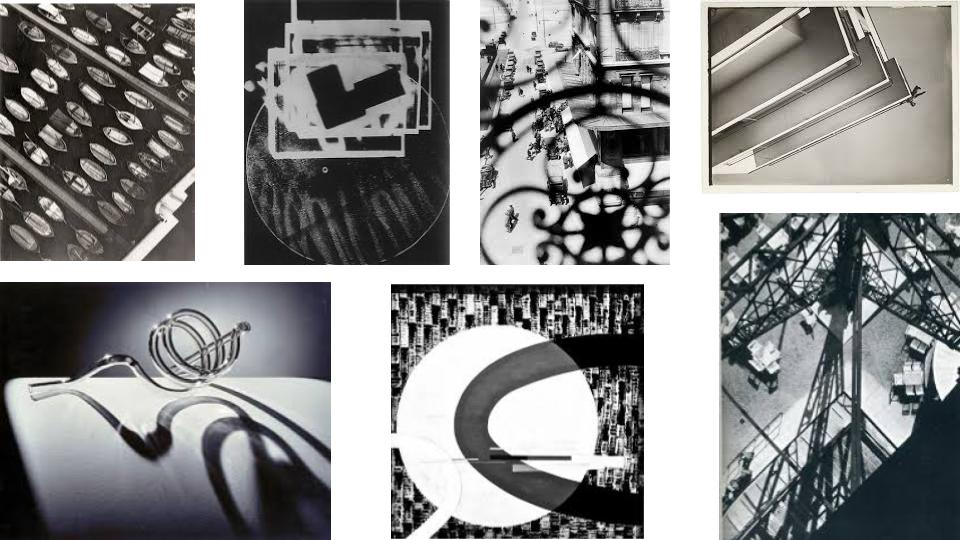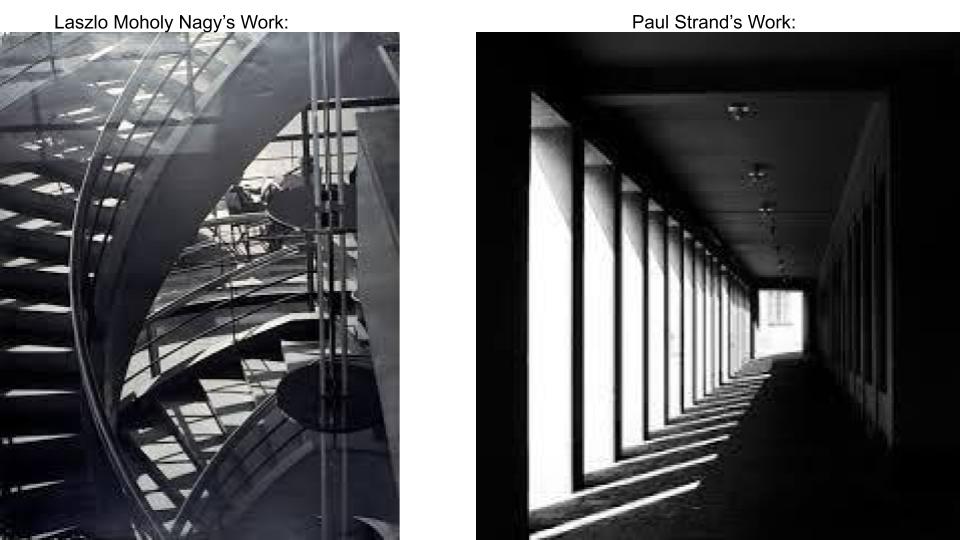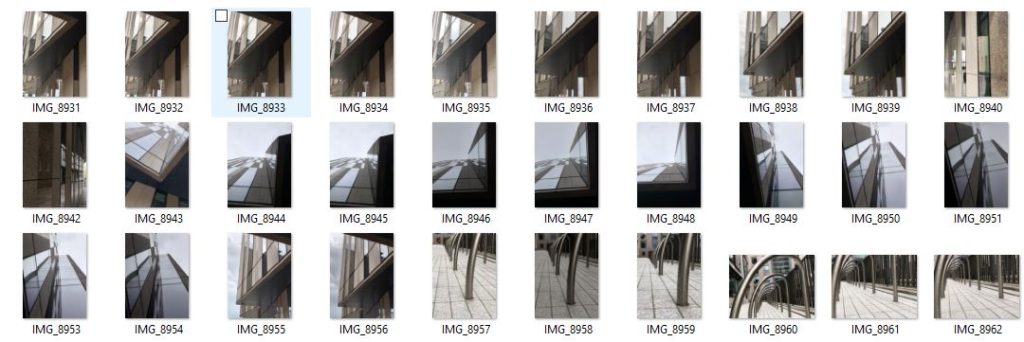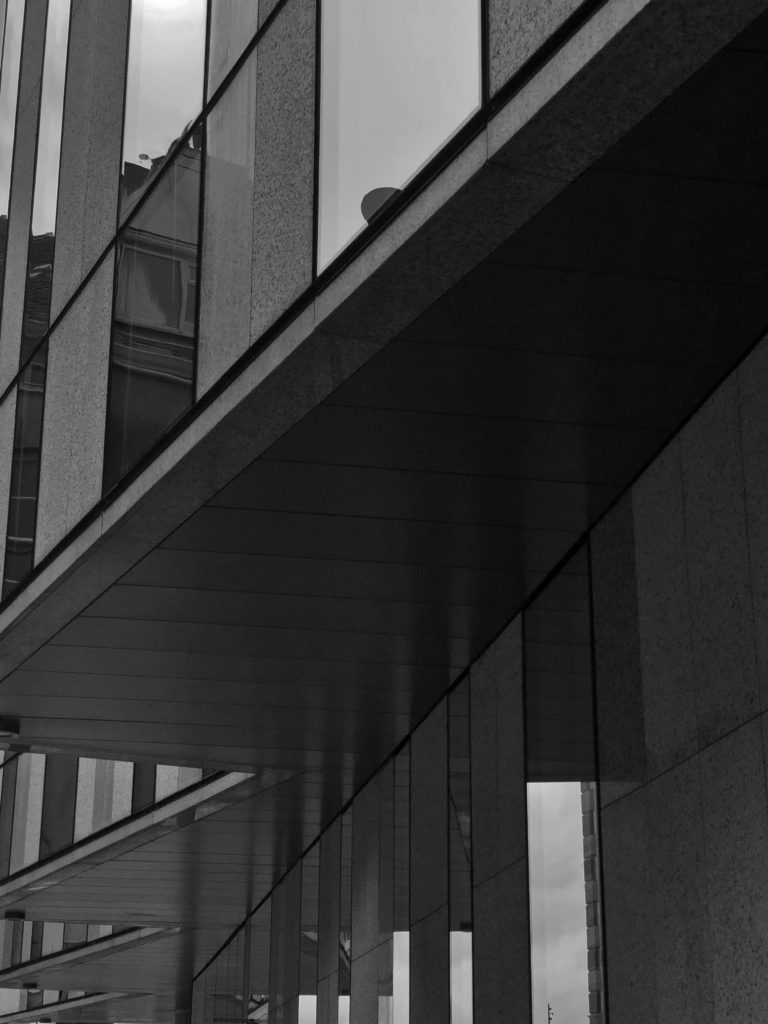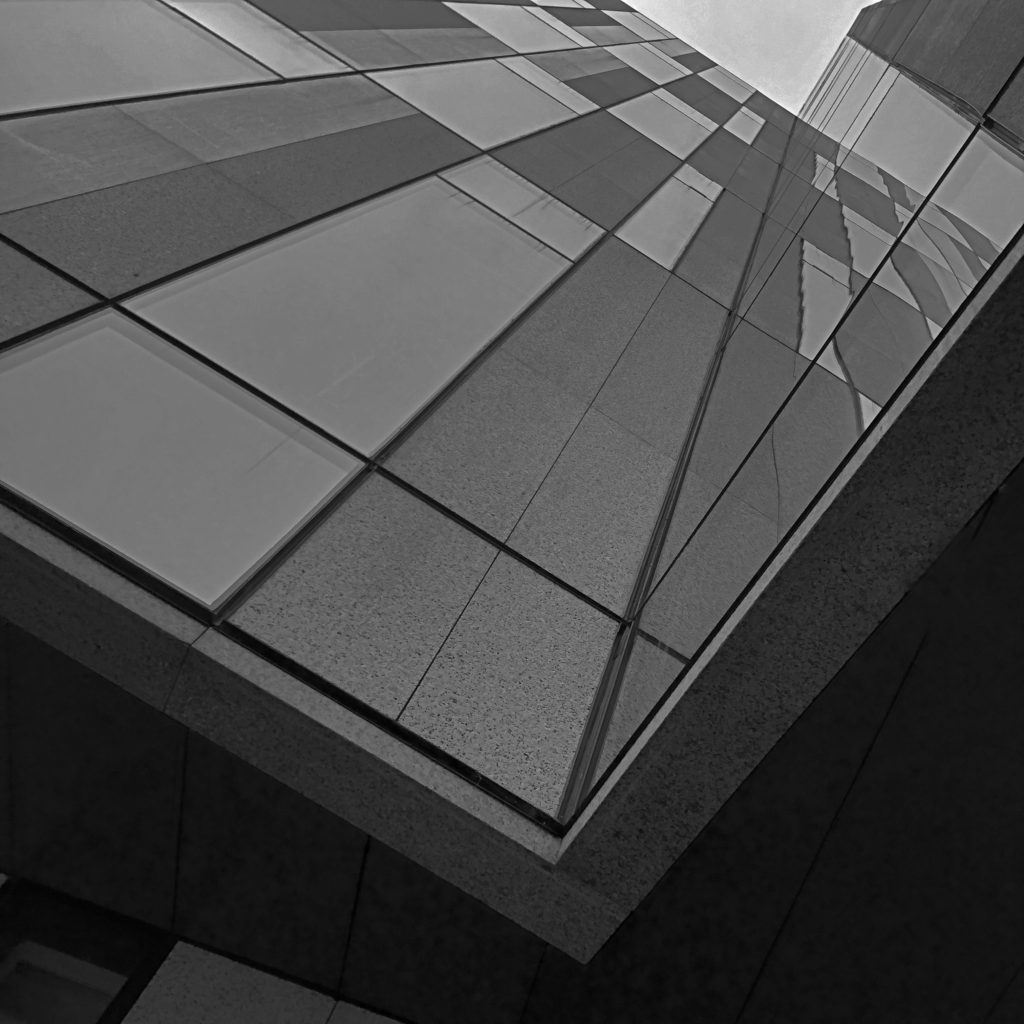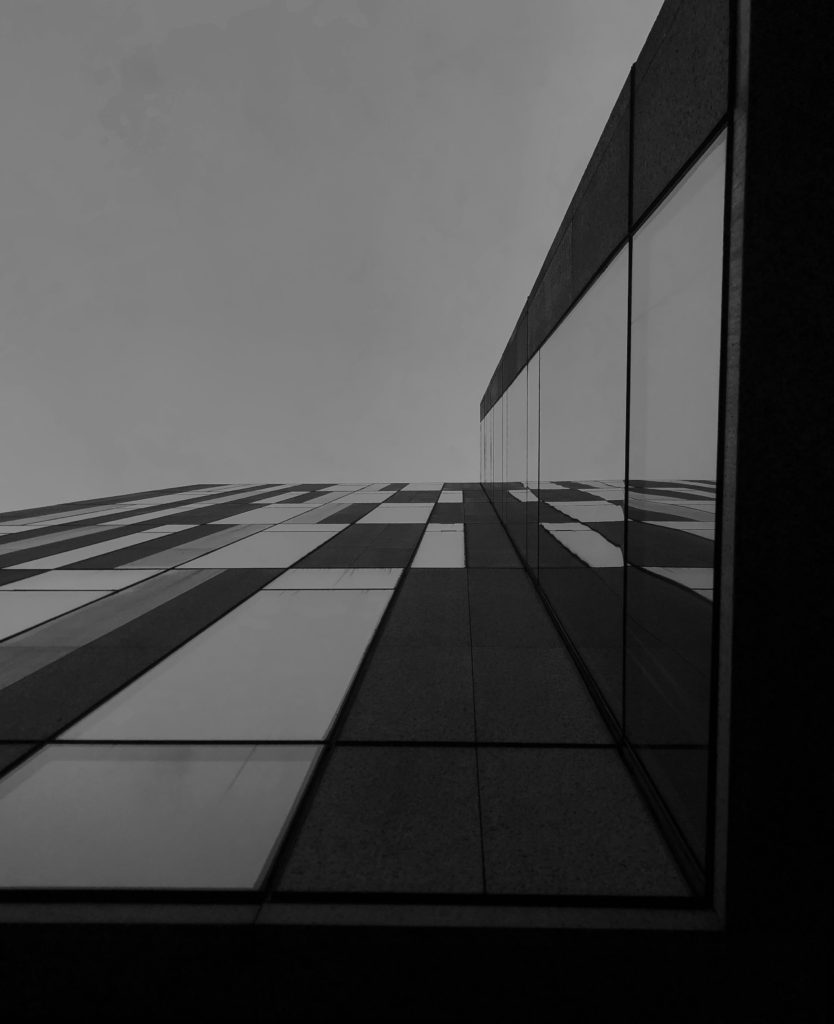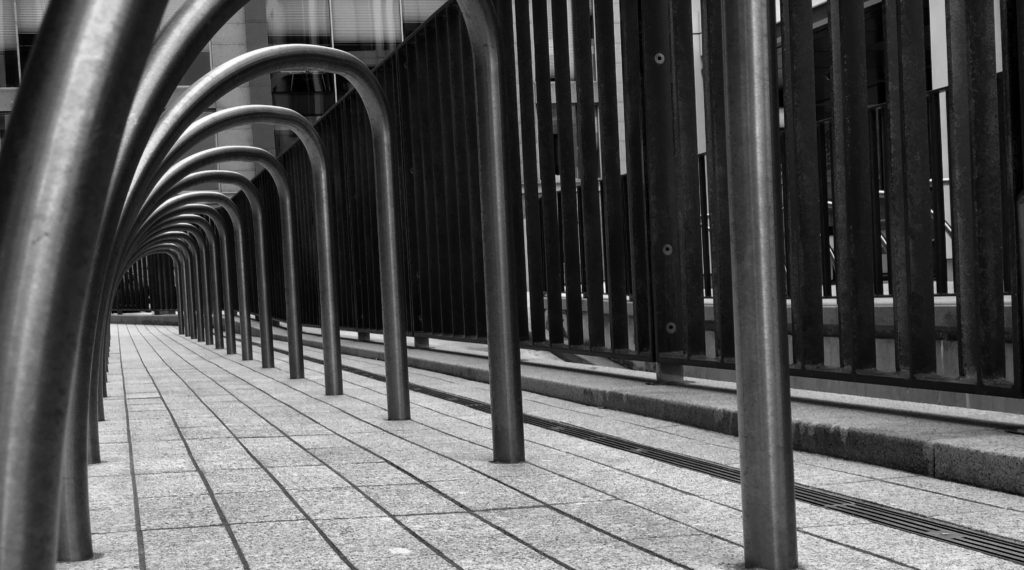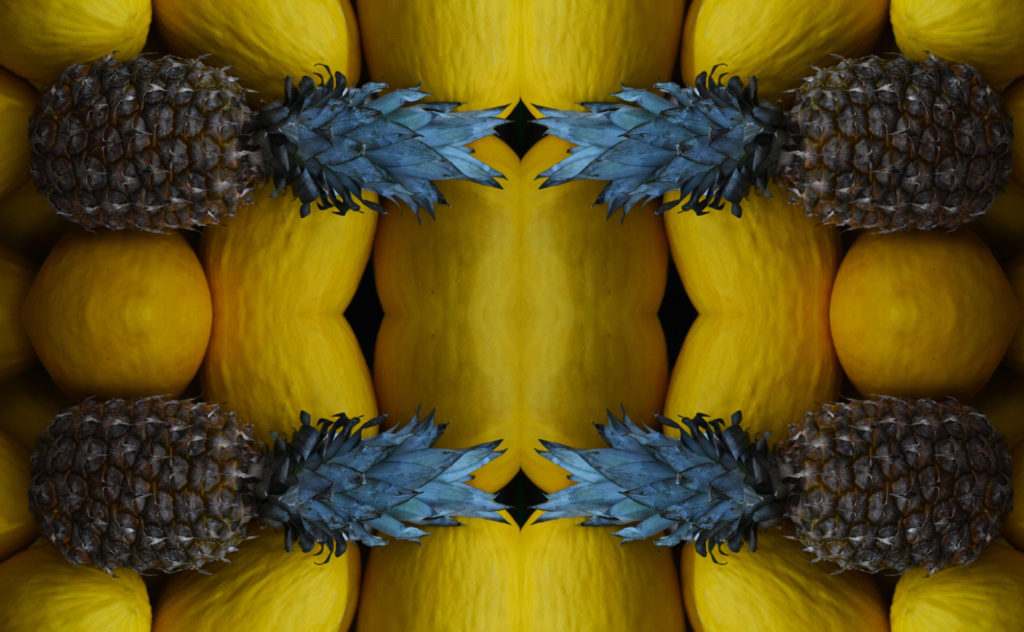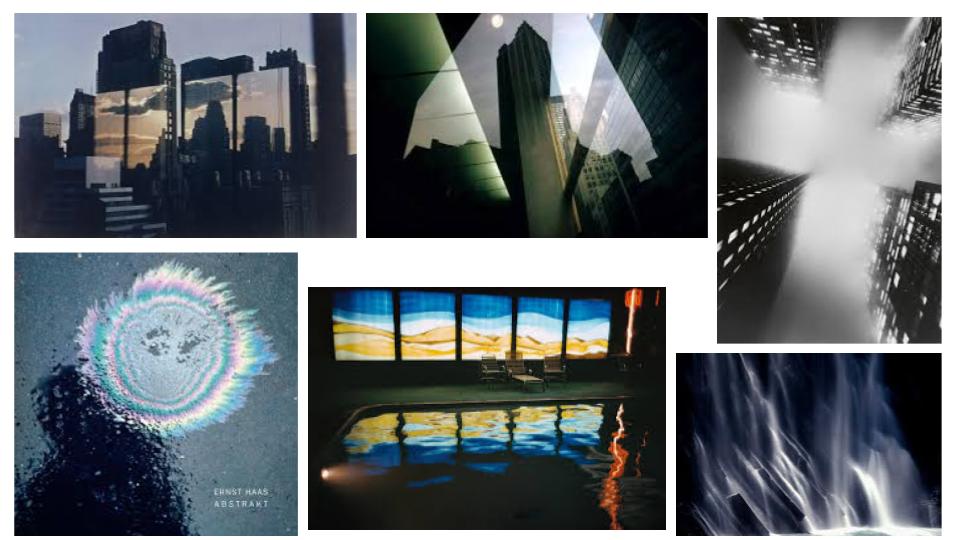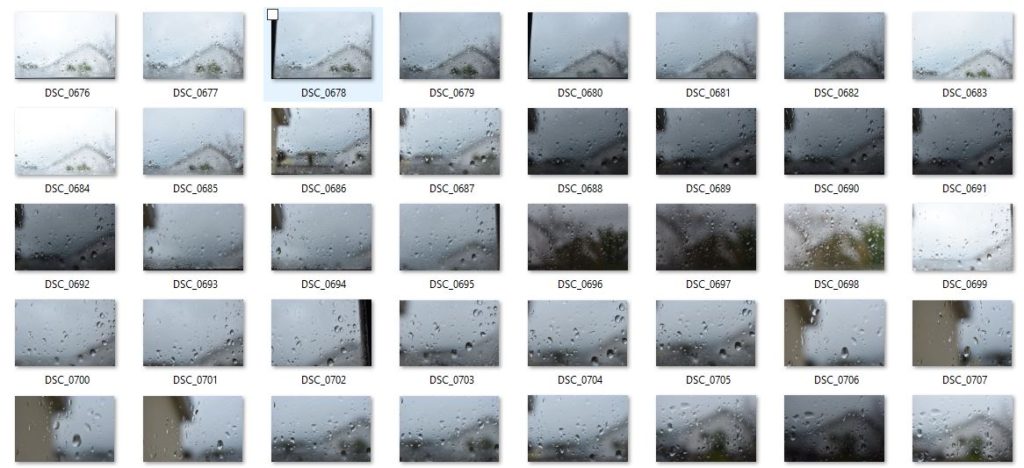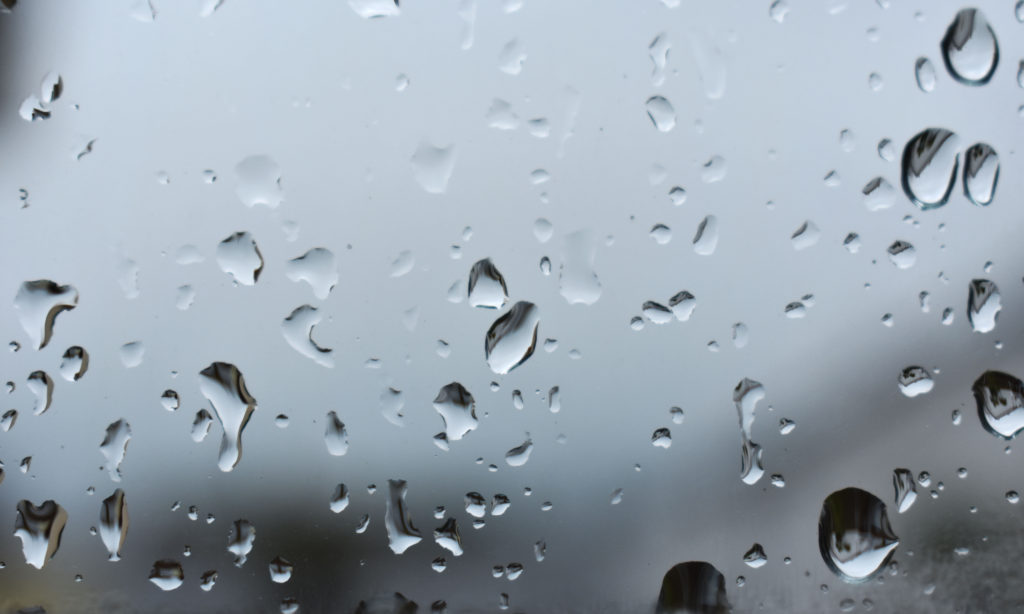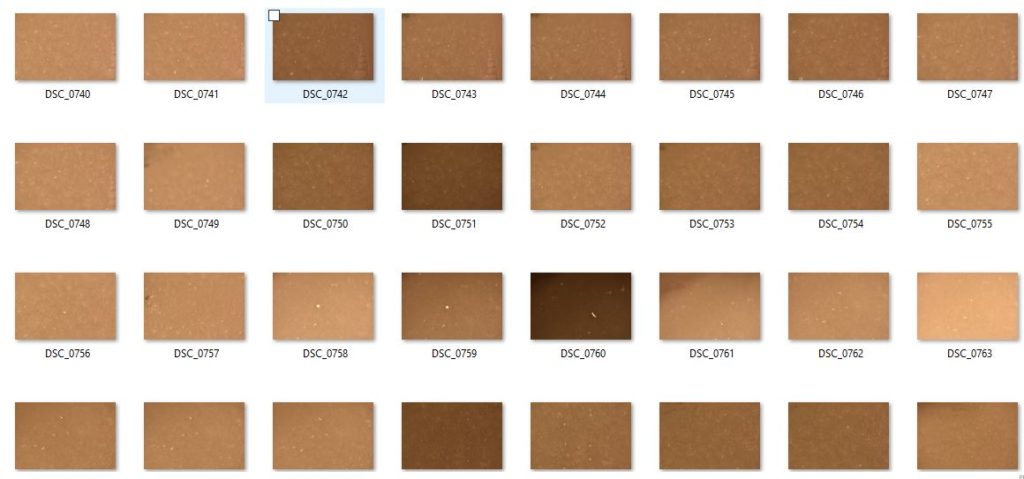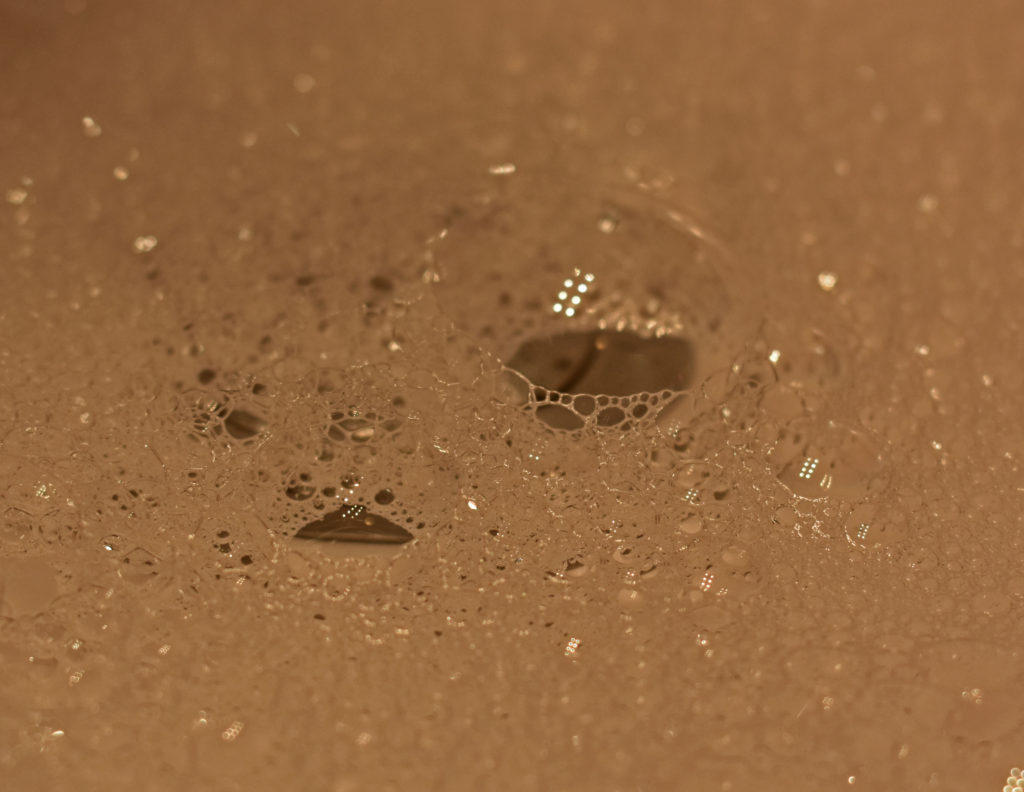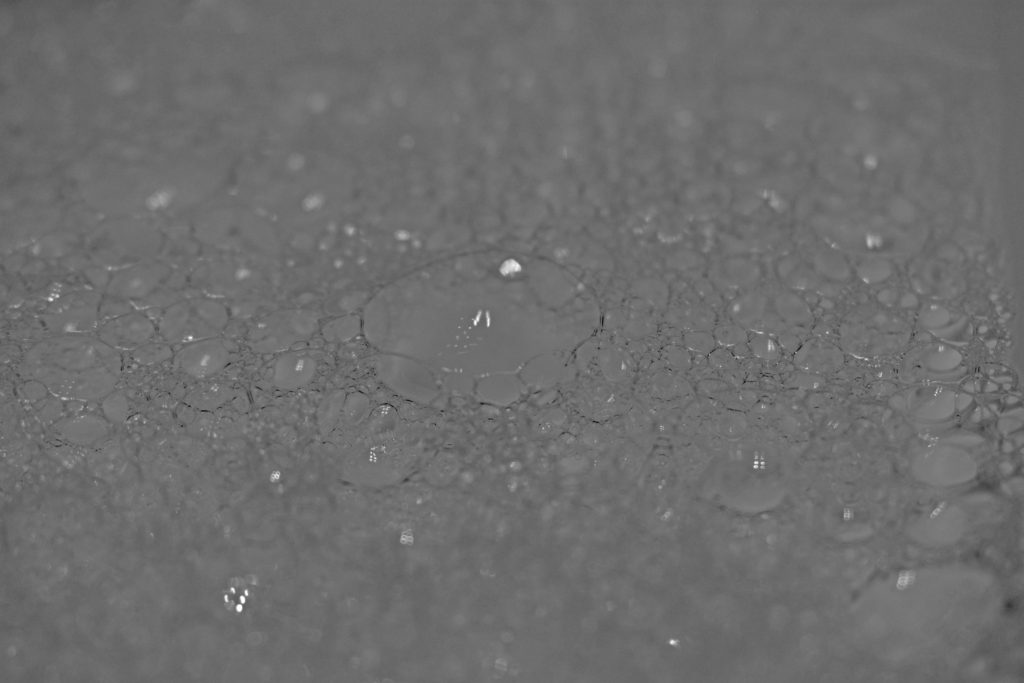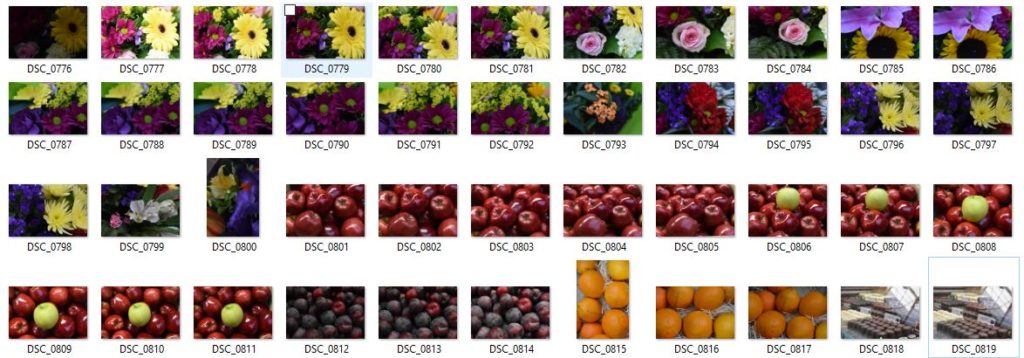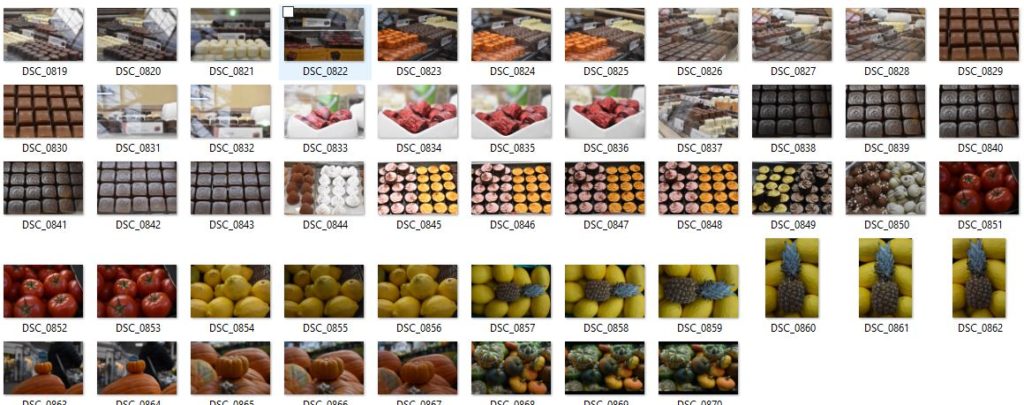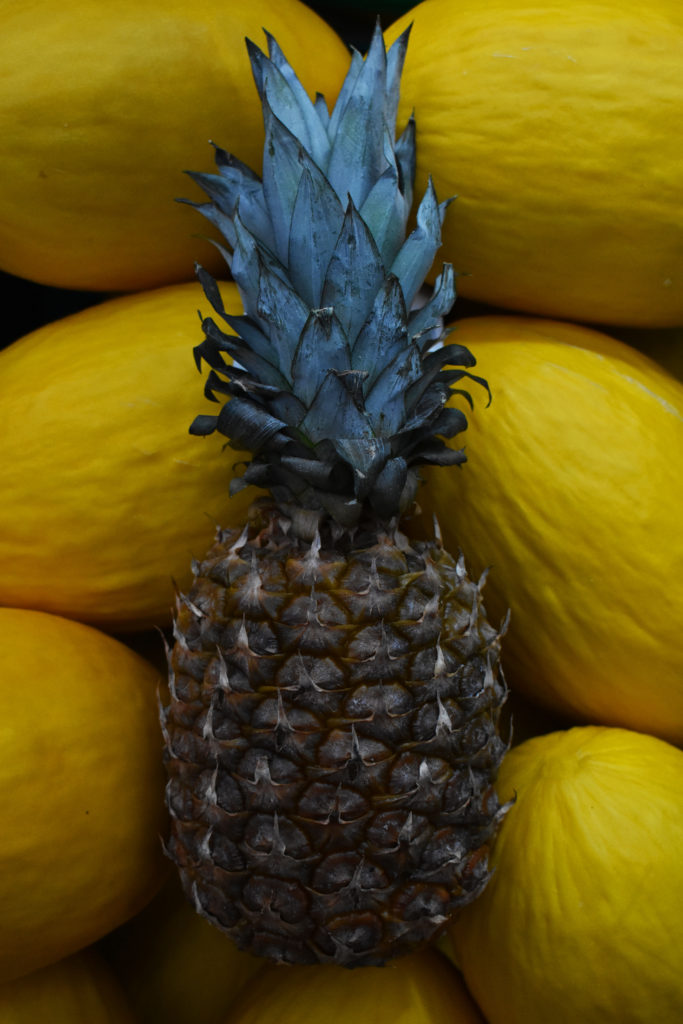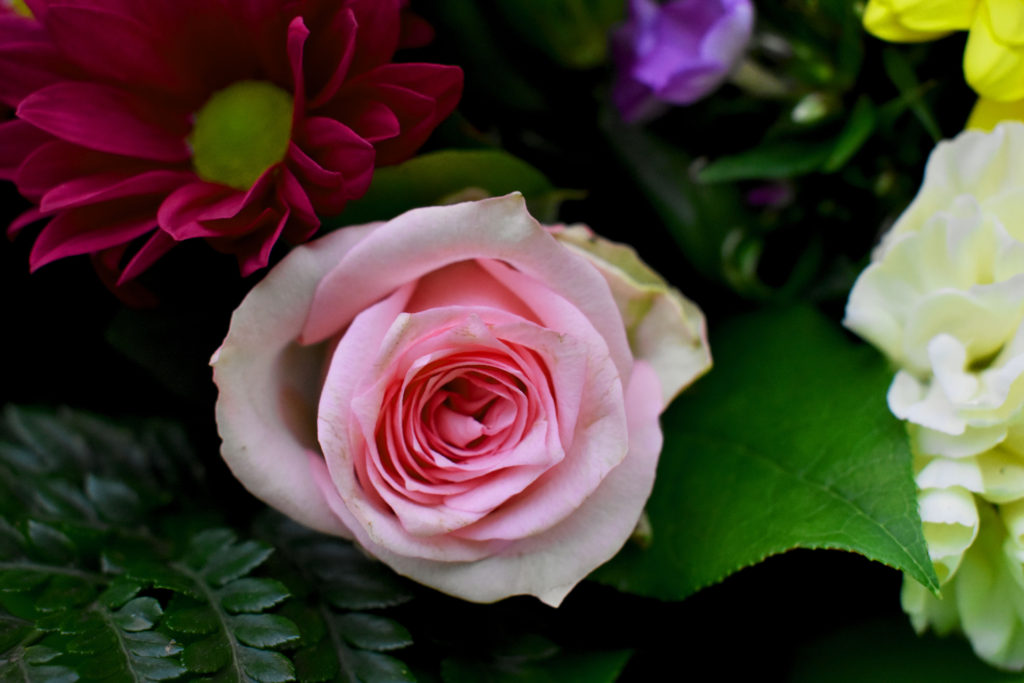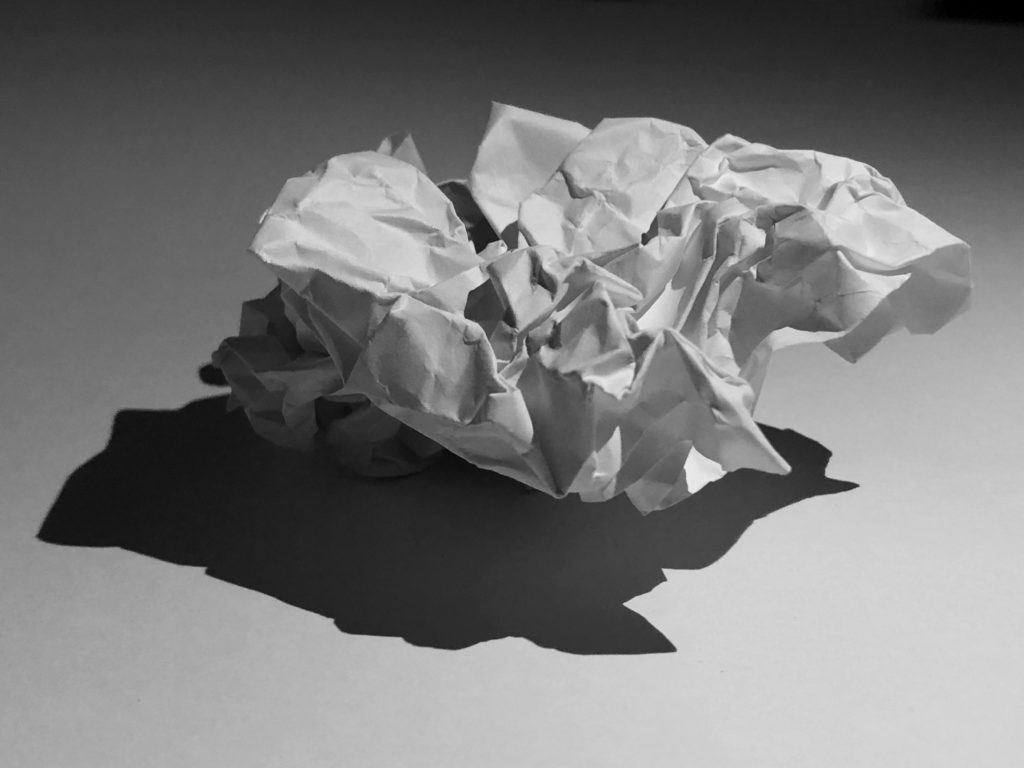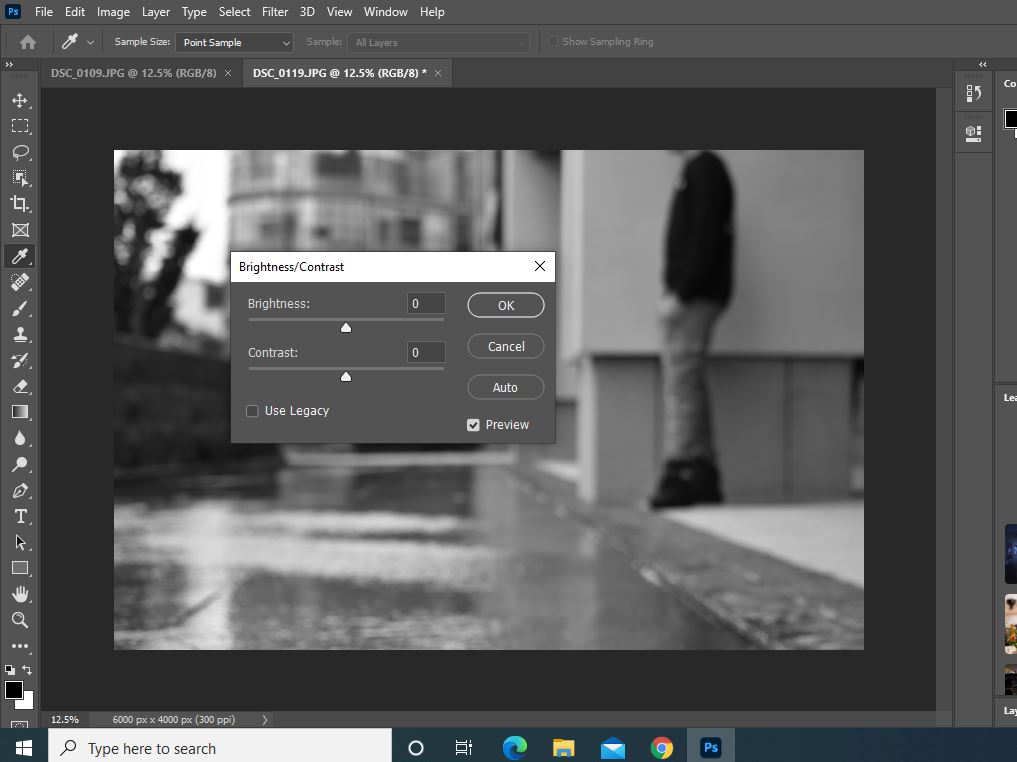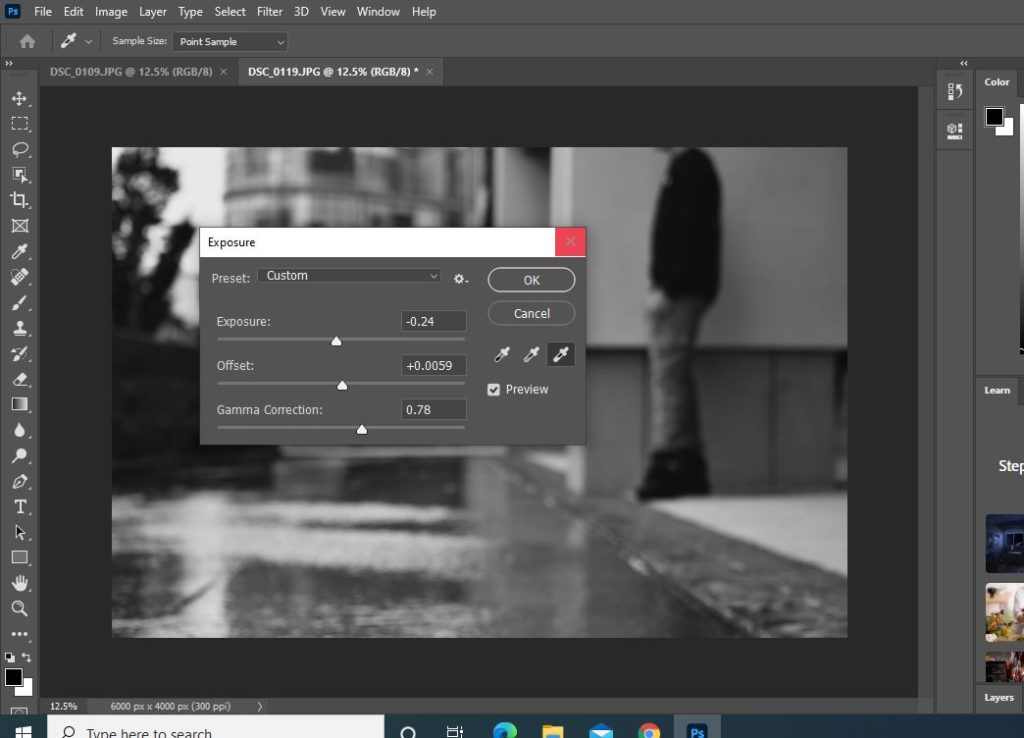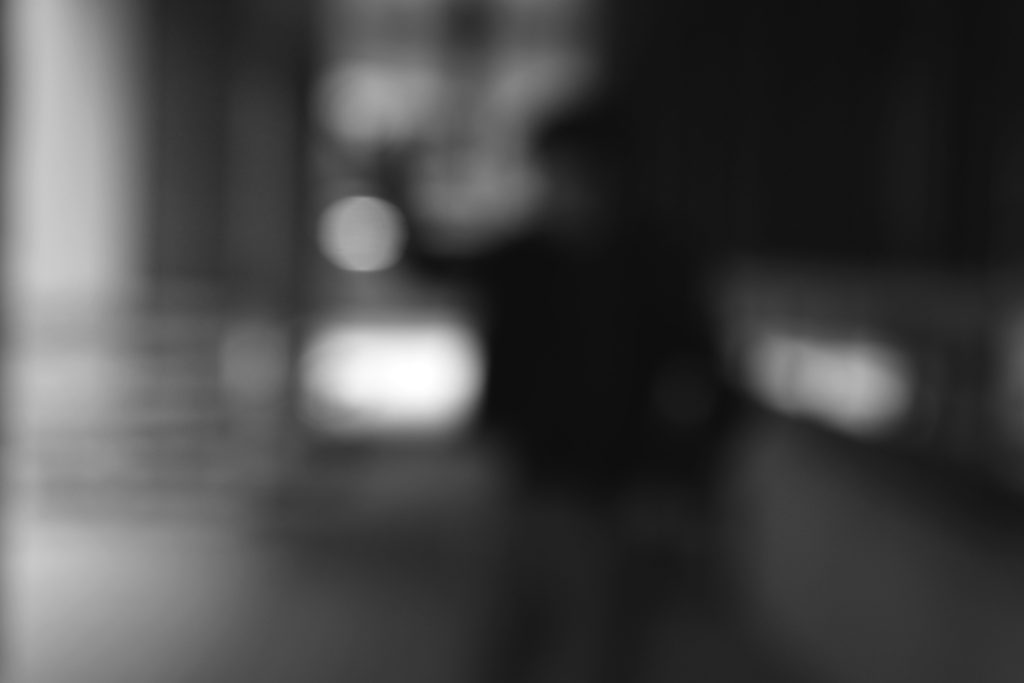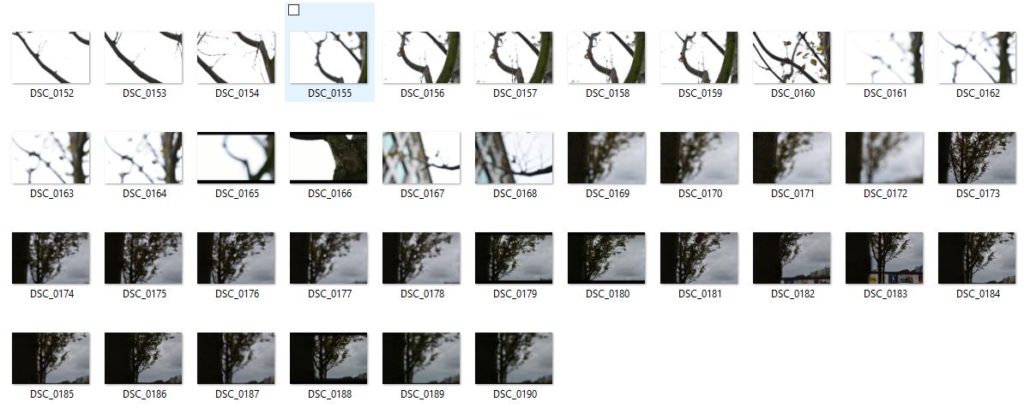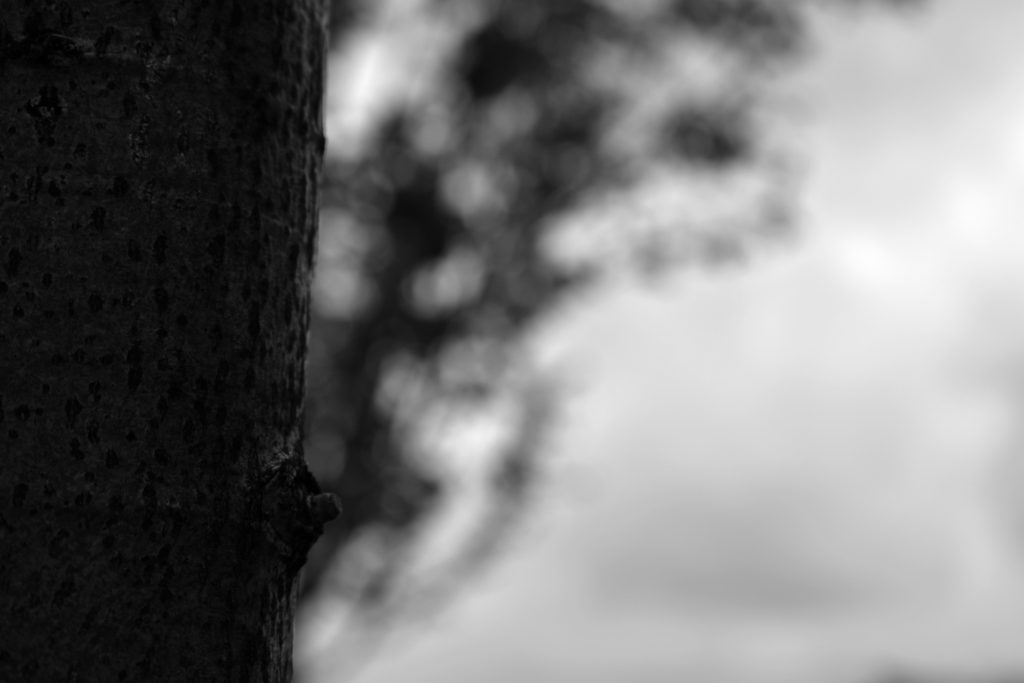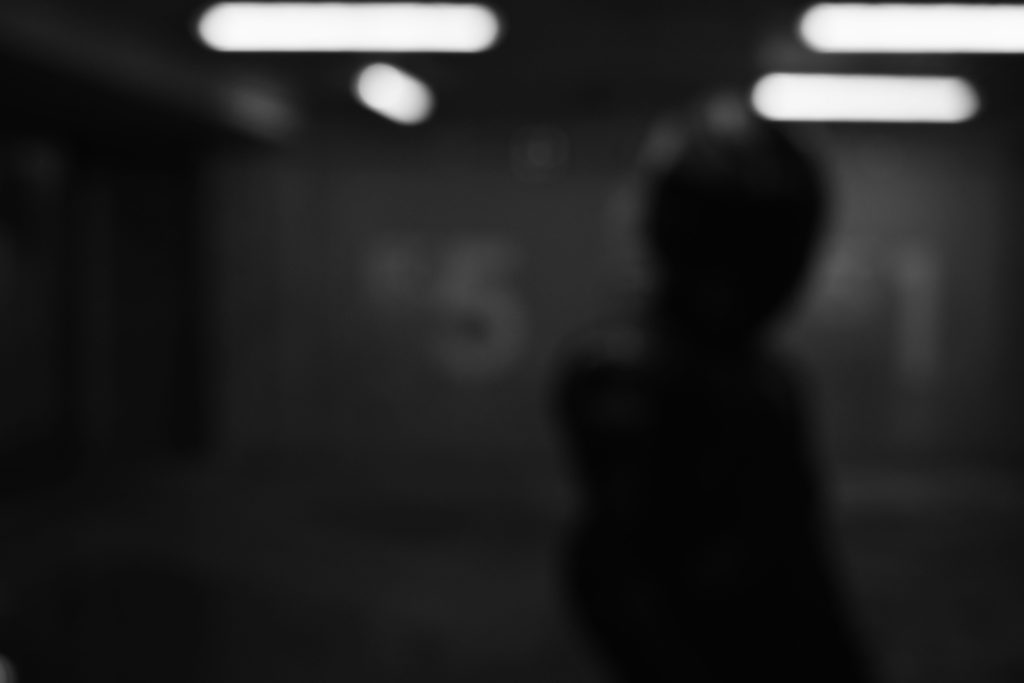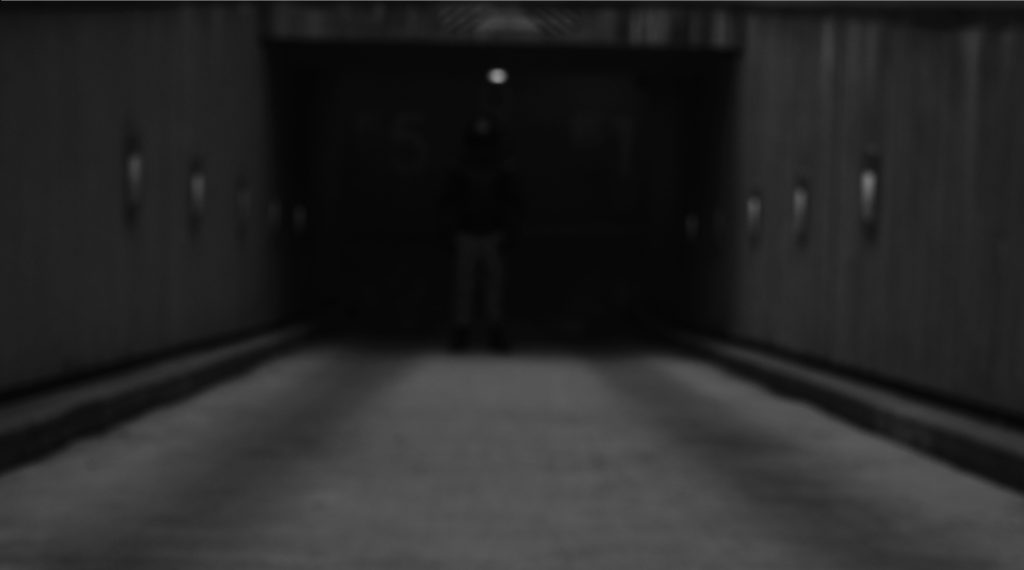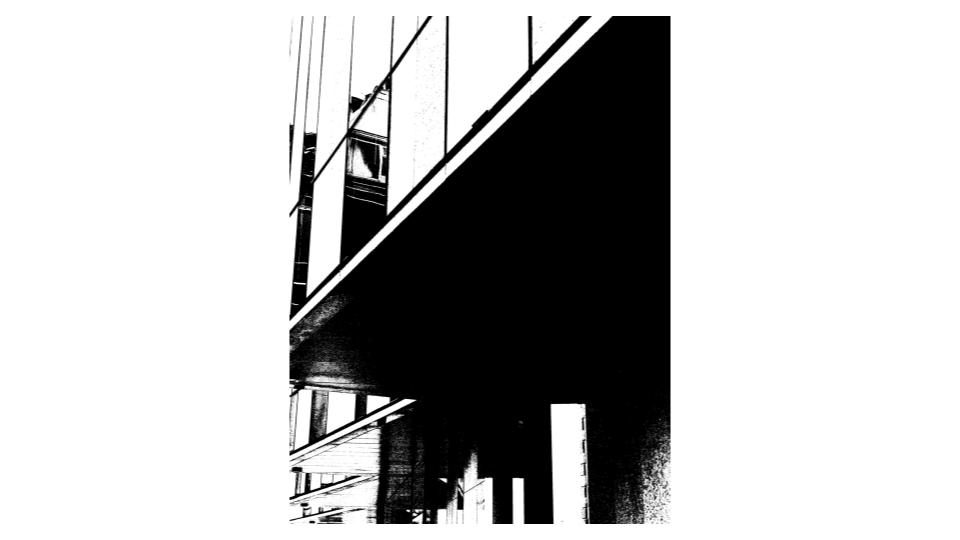Street Photography
Street photography, a genre of photography that is taken of everyday life in a public place. The more busy the public setting is enables the photographer to take candid pictures of strangers, often without them knowing which is a positive as street photography is not often posed, its whats happening in the moment. Street Photography is not often photos down the streets of towns and cities, its a photographer walking around and encountering random incidents within public places. This style is capturing a person or a group of people in their own thoughts, their own actions, their own day to day life. As the years go on , street photography has developed, but here are some examples of some modern and old street photography…
Mood Board –

These images above are a range of scenes that can be found in day to day life. Weather it be someone on their way home on a bus, or a fallen drunken guy, they’re all no staged, live moments captured in a photograph. We can make out the type of incident that is happening by simply the facial expressions by the innocent people and their body language. For example , the top right image has a woman resting her head on her hand with wide open eyes . This indicates that she is tired and the fact that she is sitting down what it seems like a bus, makes out that she might be on her way home from a long day of work. This example is a clear indication that this is one way to capture a live moment in the day (street photography).
Street Photography does not have to be capturing a portrait of just one face , the cities we live in are filled with thousands/millions of people . This is an advantage to photograph what goes on in E.G rush hour, lunch times, quiet nights, Friday and Saturday night clubs etc…


